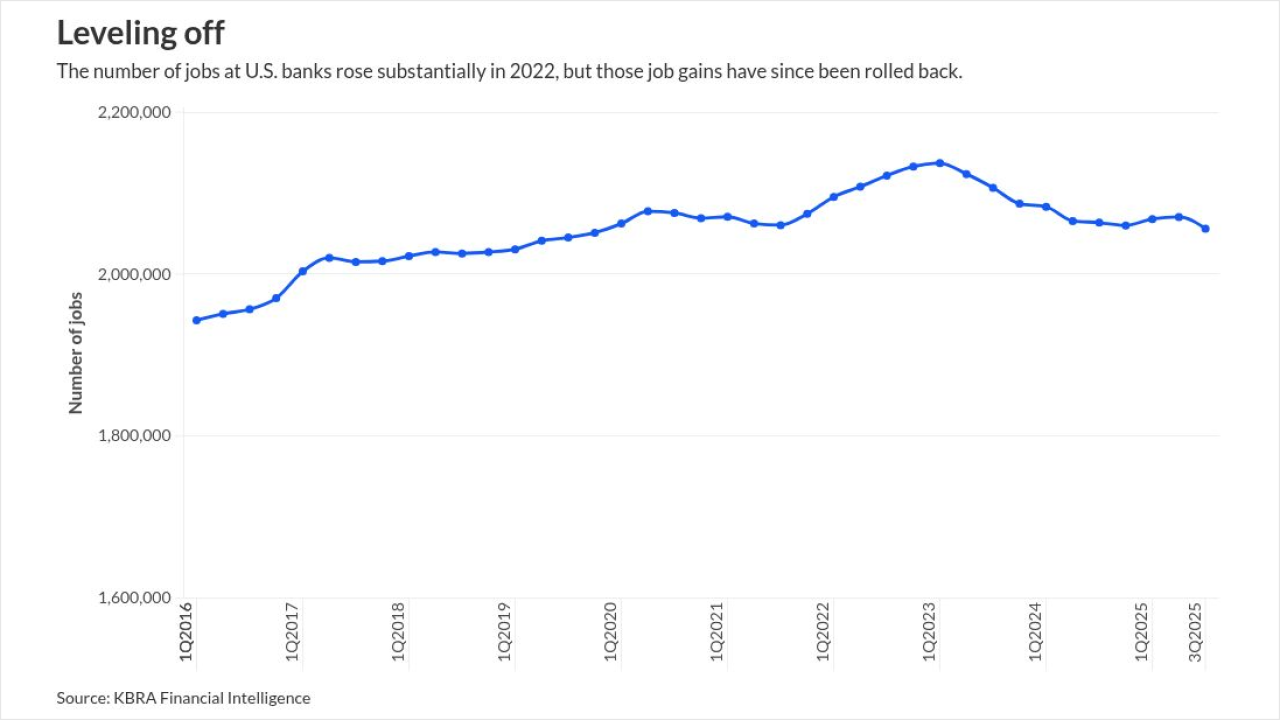Payments technology is rapidly changing, but so is the broader environment for retailers, creating a need for flexible and diverse payment acceptance options.
"Smart cities are going to change customer behavior and how businesses market and engage consumers," said Zavida Mangaru, head of product at Total Merchant Services (TMS), which this week released Groovv POS, which incorporates payments, inventory, marketing and reporting to serve both in-store and mobile engagement.
'Smart cities' refers to a collection of urban design strategies that incorporate Integrated WiFi networks, Internet of Things deployments, geolocation and other technology to connect stores, schools, libraries, hospitals, security services and other facilities. In
"There are new opportunities to sell and grow outside of the traditional location, and merchants who are flexible and mobile can take advantage of them," said Rick Oglesby, president of AZ Payments. "At the same time, tablet POS software has become a competitive alternative for in-store POS, especially for smaller merchants. "
For businesses, operating in a smart city means being able to take advantage of new retail strategies such as "pop up stores," or temporary businesses that set up shop for a few days at most, often to take advantage of a holiday or some other one-off event, Mangaru said.
TMS is combining EMV and NFC enabled payments, inventory management and marketing. It offers are two hardware models with pricing dependent upon the specific order—a countertop payment system with a 13 inch touch screen, cash drawer, bar code scanner, receipt printer and contactless acceptance; and a second "Flex" product with a detachable Samsung Galaxy Tab 9.6-inch tablet and a stand that can be carried to other locations.
"You can be at a counter or go out and do a pop up restaurant or business outside of your regular store," Mangaru said.
Inventory management has become a staple of mobile point of sale products over the past couple of years, but in a temporary mobile store environment based on pedestrian spikes or other fluid consumer information, quick decisions on product mix are essential, Mangaru said.
Pop up stores often target a specific type of consumer or a limited product, so TMS has added customizable categories to its inventory management feature, including controls for item management and alerts. The system's reporting tools include financials, sales history and transactions trends—and incorporates those tools into marketing programs.
"If you have 100 sweaters to get rid of, you can make an instant decision on where and how to sell them if you have access to market and sales information at your fingertips," Mangaru said.
Payment technology designed for pop up stores is also advancing in Europe, where
"Retailers are talking about 'endless aisle' and omni-channel, and that's clearly where things are headed," said Thad Peterson, a senior analyst at Aite Group, adding as the retail space adapts to the changing behavior of consumers, stores will need to accept payments, deliver offers and loyalty and manage information wherever and whenever their customers engage with the store. "It's not just about mobile point of sale, it's more about a payments platform that adapts to the merchant's ecosystem, whatever that may be, and however the customer interacts with them."





